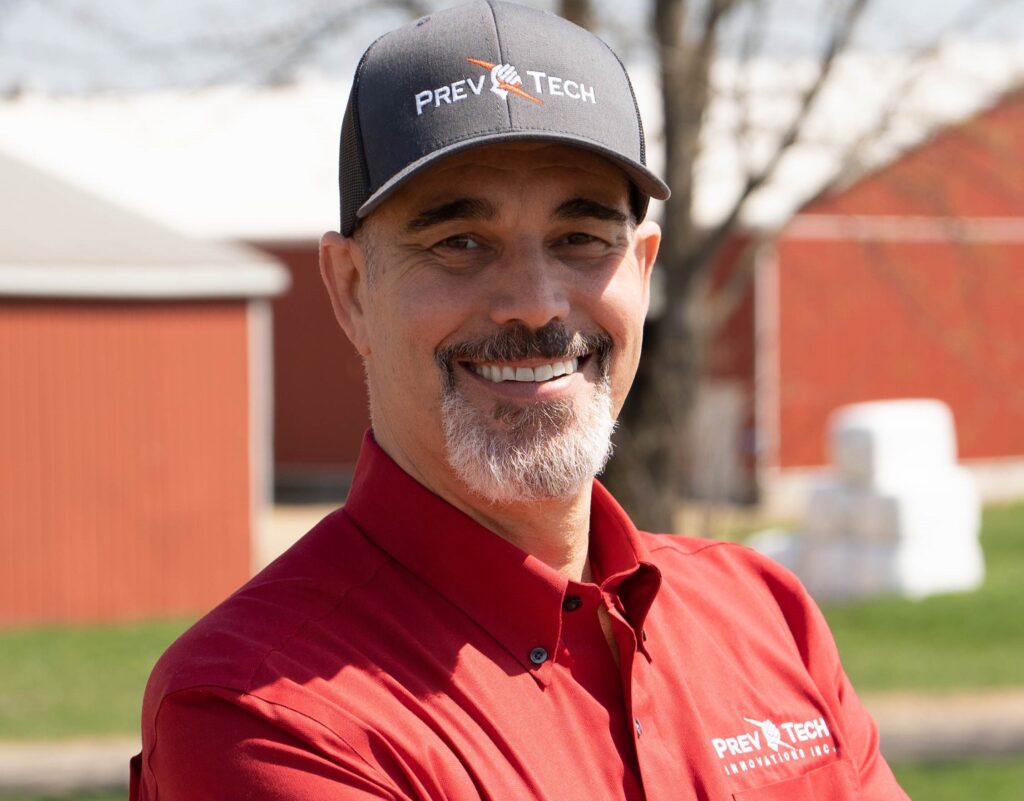By Pierre-André Meunier
Editor’s note: Pierre-André Meunier is President, PrevTech Innovations & President, Agrivolt. He can be contacted at ‘pameunier@agrivolt.com.’

In the realm of hog farming, a crucial yet often overlooked issue is the impact of stray voltage on the health and productivity of pigs. Understanding and effectively managing this source of stress is essential for ensuring an optimal environment for livestock.
Earlier this year, PrevTech Innovations acquired Agrivolt – experts in stray voltage and animal welfare – to strengthen our leadership in electrical safety for agriculture.
“It is important to understand the origin of the various sources of stray voltage in order to apply proper corrective measures,” said Marc Thibodeau, Manager, Agrivolt.
Stray voltage results from the presence of electricity in the structures within the animal’s environment. This can lead to discomfort or stress factors for pigs, particularly in confined areas where they cannot escape its effects. Over time, this stress can lead to behavioral and health problems that affect animal productivity and can diminish overall farm performance.
Identifying the sources and effects
Sources of stray voltage are diverse but can be separated into two main categories: on-farm sources and off-farm sources. On-farm sources can stem from worn-out equipment, damaged wiring, improper grounding methods or use of certain electrical equipment like variable speed drives and electric fences. Off-farm sources relate to the type of electric utility network feeding the farm, commonly being a grounded system.
Barns, with their metal structures and grids embedded in concrete, are unfortunately effective grounding areas that can attract and transmit stray currents toward animals. The levels will vary throughout the day depending on the electrical consumption of the farm and demand from neighbouring power users.
When addressing discomfort related to animal stress, it’s essential to consider a wide range of potential causes, like water quality, nutrition and employee training. Before considering stray voltage as a possible cause, producers are strongly recommended to work with their veterinarians, nutritionists, equipment vendors and electricians to rule out any other stress sources.
Education is key for producers
Education plays a critical role in understanding and managing stray voltage. Producers should have general knowledge of how stray voltage works, along with available solutions. Sharing knowledge on best practices for electrical system design and maintenance can significantly reduce stray voltage incidents on pig farms.
Dealing with stray voltage is not just about productivity; it’s about animal welfare. Understanding the causes and implementing effective mitigation strategies can create a safer and more comfortable environment for pigs. Taking proactive steps to address stray voltage is an integral part of modern, responsible pig farming. Monitoring systems are essential to ensuring electricity is not the weak link in your operation.





